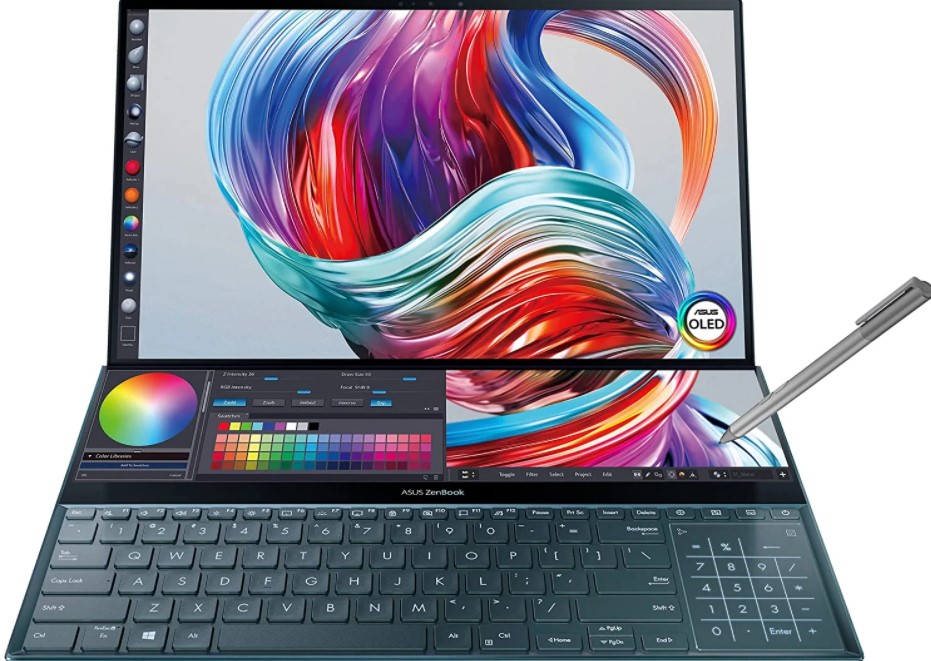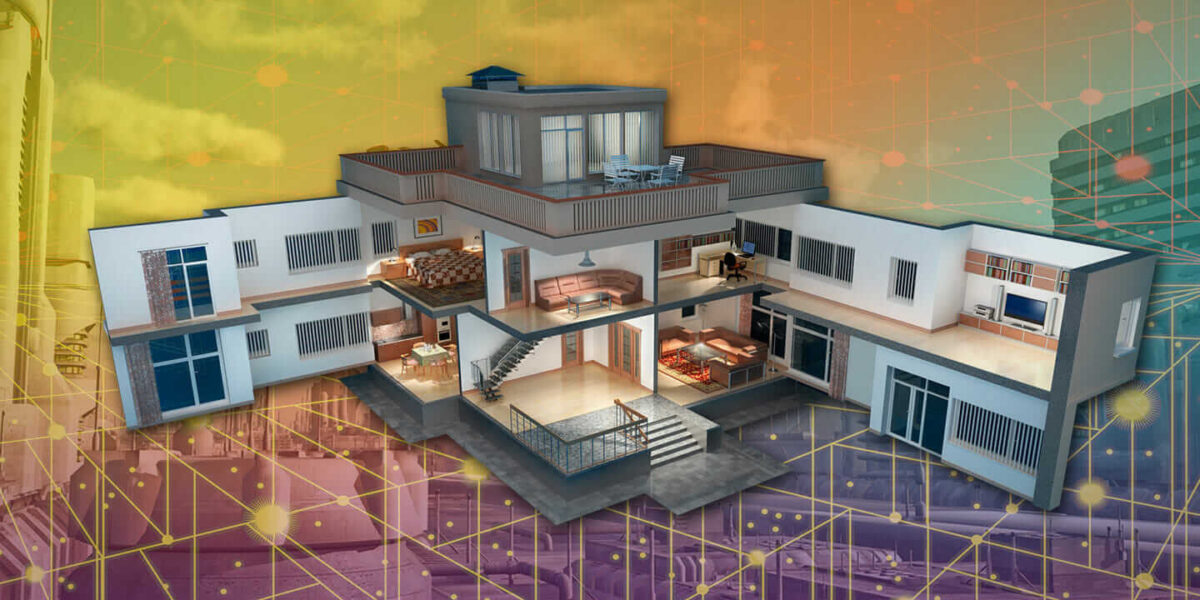Three-dimensional modeling at some point will need to be converted to a two-dimensional image, which will be further used as needed and this process is known as rendering.
This contributes to the model getting a photorealistic look. It is most often used with photos and recordings of something that happens in the real world and then with the help of appropriate software is transferred to digital form, while retaining the 3D effect, although it is a 2D format.
The need for such a process often arises among interior designers and architects, so that they can convert their project into an image that will be understandable to their clients. With the help of modeling, adding shadows and tones, and various methods, they turn their project into a realistic image, which, although two-dimensional, has the characteristics of a three-dimensional display. In this way, they help everyone who sees the project understand what their goal was. At foyr.com you can see how this is done, specifically for interiors, but rendering has a much wider application in many professions.
Beginners sometimes have difficulty adapting to the use of rendering software, but the same happens to those who are used to one method and need to use a new one.
However, it does not have to be a difficult task and it is possible to quickly master the most basic tools and learn more advanced ones based on that. In the continuation of this article we will give you some useful tips on how to do it:
1. Study the application before starting a project

Source: justcreative.com
Do not try to study on a ready-made project. Try to do it with a smaller design, so you can study the basic tools before moving on to more complicated projects. In principle, these applications work in a similar way, and the biggest differences are in the exterior design and the interface. Sometimes include lighter shorts to make rendering faster and more efficient. But as we have said, take the time to study the new software for yourself before you start rendering large and serious projects.
2. Make sure you have the minimum required configuration
Many problems can occur if the computer configuration is not sufficient. Therefore, before you start using new rendering software, make sure that your configuration is sufficient for it to work. Many problems occur precisely because of installing software on a machine that does not support the minimum requirements.
3. Set the operating preferences that suit you
Every designer has certain preferences, thanks to which he successfully completes his projects. Modern rendering software solutions give you the opportunity to adjust the settings yourself and be able to apply them to any project you work on. This will take some time in the future, and whenever you need other settings you will be able to change them once and then use the fixed settings.
4. Learn the terminology of the new software

Source: coindesk.com
Theoretical knowledge is important, but it is also important to learn the terminology of particular software so that you can more easily navigate while working, but also when communicating with colleagues or clients. In principle, all similar software solutions have similar names, but differences do occur anyway and you need to become familiar with those differences so that you can use the 3D rendering program smoothly in your work.
5. Be patient with yourself and your co-workers
Every change can be a real challenge because it changes the routine and habits so far. Things get even more complicated when beginners are involved in the process, especially designers who are using any rendering software for the first time in their lives. The key is patience. Eventually, everyone will learn how to use the new software, and beginners have a chance to master it in a much shorter time than their experienced colleagues, who have adapted to something completely different.
6. Practice and write down the challenges
To learn something, practice is really crucial, but whenever you face a challenge, write it down and then take the time to master it. This way you can thoroughly address the challenges and potential learning challenges you face. But it will also help you when you face these challenges, in reality, to overcome them more easily, because only with practice you will be able to recognize them and understand what you need to do.
7. Use a free trial before purchasing the software

Source: bigthink.com
During this period you can see many things for yourself. For example, in the test period, you will find out if the terminology is familiar to you and if you will be able to work, instead of devoting half the time to deciphering what you do not understand. Next, you will test the navigation and see if the way it is performed suits you. The same goes for the aesthetic moment because sometimes the technical aspects are enough, but the look is what does not suit you. In fact, we would recommend for everything you can use the trial versions, instead of buying the complete software solutions. In 3D rendering, this will save you time and money, and you will be able to find new software that suits you better.
Visualization is very important when working on projects that need to be realized in reality. With the help of this software, you can make more decisions, have regular consultations with customers and make the necessary changes in a timely manner and meet their suggestions.
Our practical recommendation is to leave the default settings and then adapt as you see fit. In addition, in this way you learn and practice your own sense of proportion and aesthetics, and this is noticeable even to beginners.
The final project is the one that gives value to your work. Those who are not experts in your field, cannot recognize the good work unless they have real visualization, which you will achieve with 3D rendering software. So, don’t hesitate, and just practice and try to be better at this, no matter which level of expertise you cover.

















